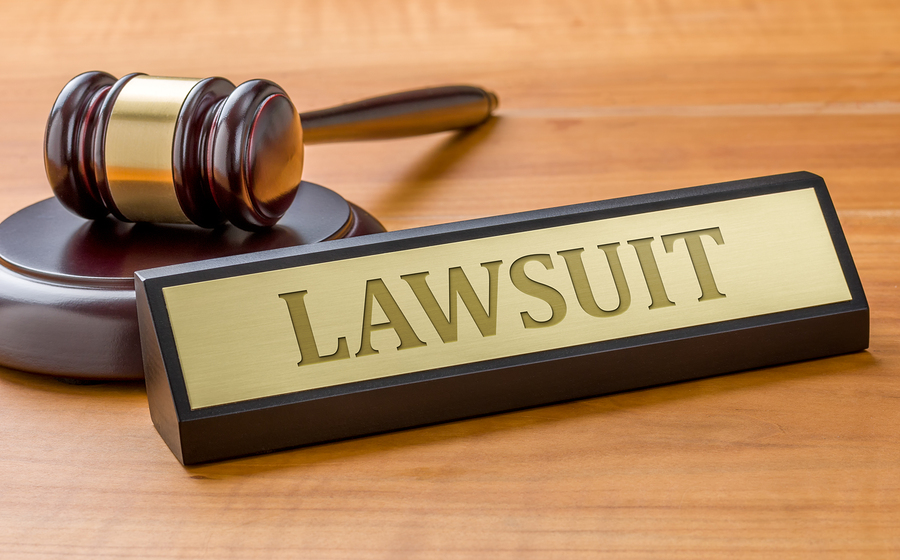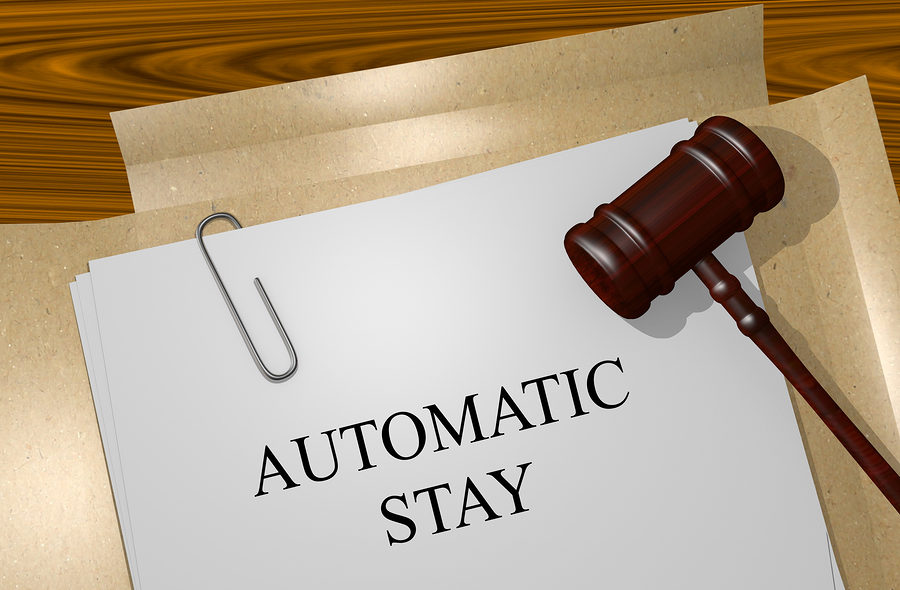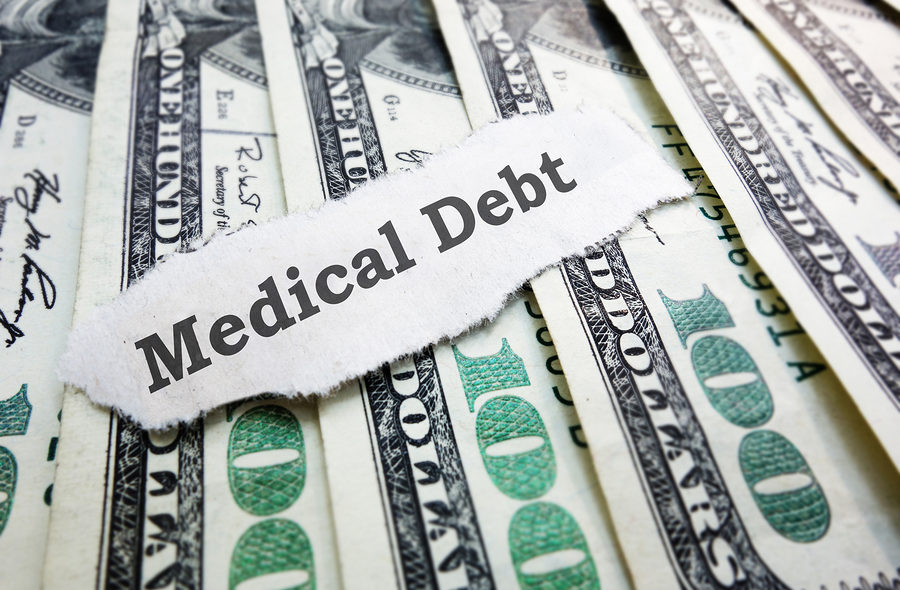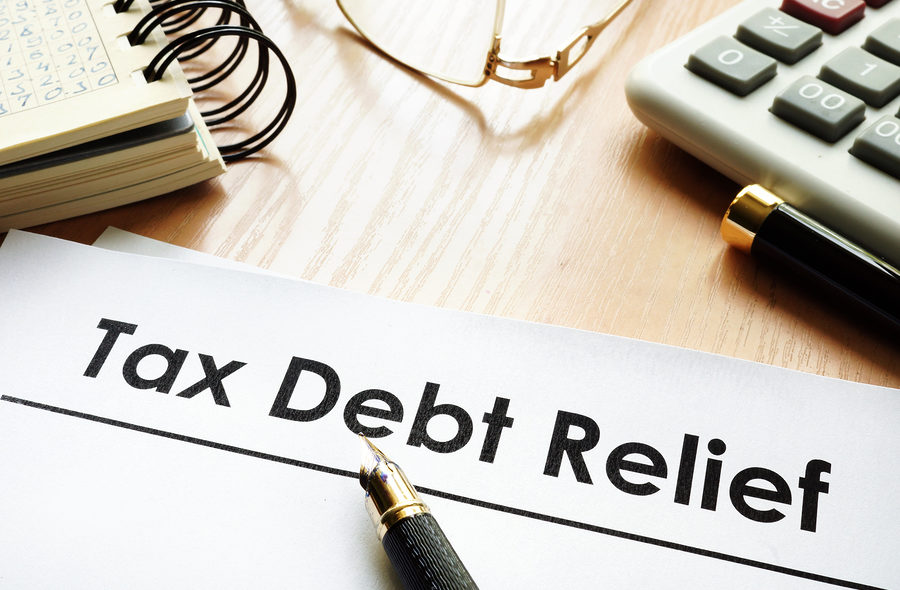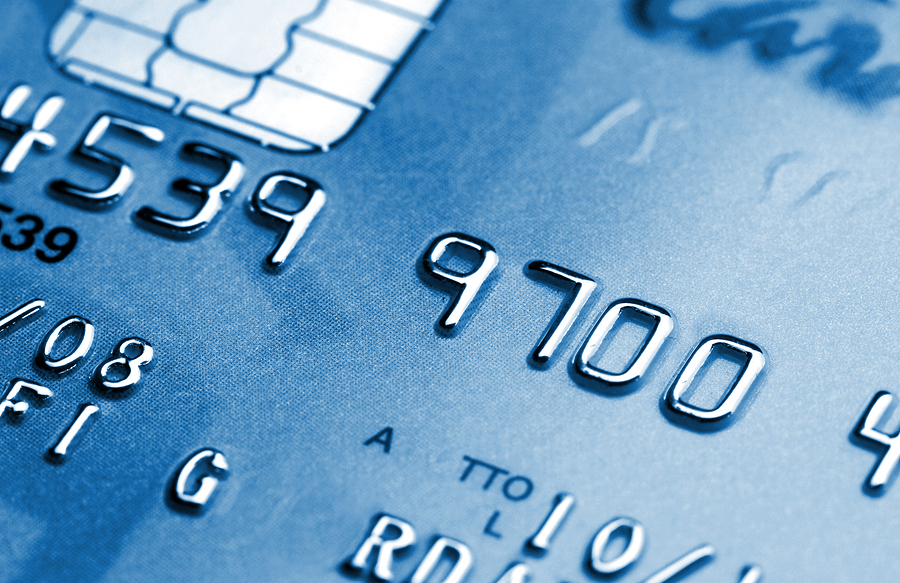A bankruptcy case can eliminate most debts, and many times, these eliminated liabilities include tax debts. However, not all tax debts can be discharged in a bankruptcy case. Ultimately it depends on the age of the debt, how it was incurred, and the type of bankruptcy being filed.
Chapter 7 and Chapter 13 Bankruptcies
In a Chapter 7 case, the bankruptcy trustee takes the assets the filer has that are not protected by Florida bankruptcy exemptions, liquidates them, and uses the proceeds to pay off as much debt as possible. If the person’s assets are not enough to cover all their debts, which often is the case, the remainder of the balances owed are discharged.
A Chapter 13 bankruptcy case allows the filer to work with the bankruptcy trustee on a three to five-year long repayment plan to pay off his or her debts. The goal is to pay most in full, but any unpaid balances are discharged at the end. However, which debts get repaid first depends on their priority level.
Tax debts are normally considered “priority” debts in both Chapter 7 and Chapter 13 bankruptcy cases, which means they are paid first when assets are liquidated in a Chapter 7 case and are included and paid in full for the most part in a Chapter 13 bankruptcy repayment plan. Since tax debt is considered priority debt, it is not dischargeable in a Chapter 13 case.


